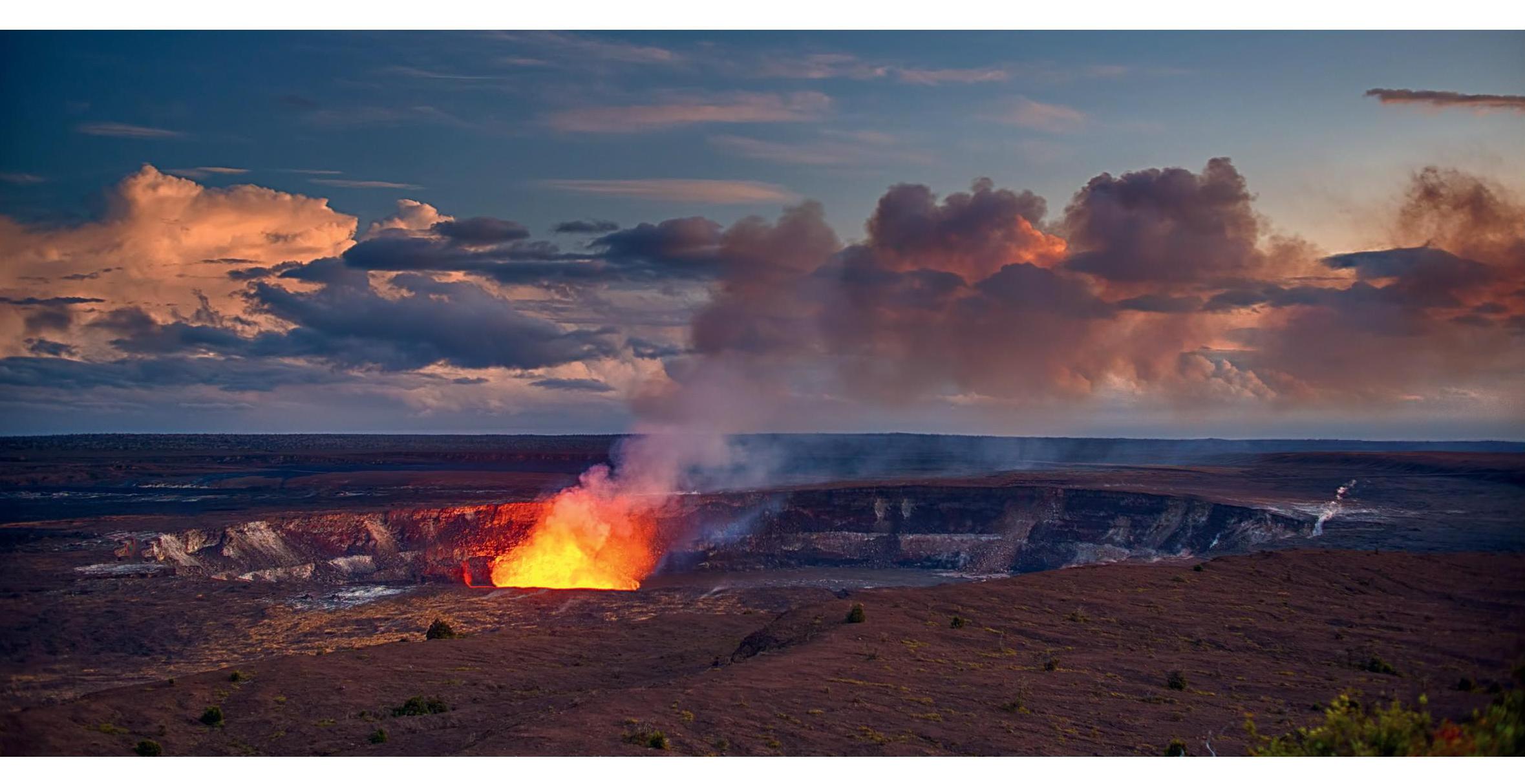
Plate tectonic processes have shaped the surface of our planet. They concentrate natural resources, such as precious metals, and produce some of the most frightening hazards, like earthquakes and volcanic eruptions. From research done over the past 50 years, we now understand that the plates are an integral part of the thermal convection that takes place in the Earth’s mantle rather than passive rafts on top of a flowing mantle.
The theory of plate tectonics describes the deformation of the Earth’s surface in terms of the motion of a set of rigid plates with narrow deformation zones (plate boundaries) between them. The word ‘tectonic’ comes from ancient Greek (tektonikos = pertaining to building) and it refers to the structure of the surface of the Earth (it can be used for other planets too) and the way the surface is formed and altered by forces within it.
Your organisation does not have access to this article.
Sign up today to give your students the edge they need to achieve their best grades with subject expertise
Subscribe




